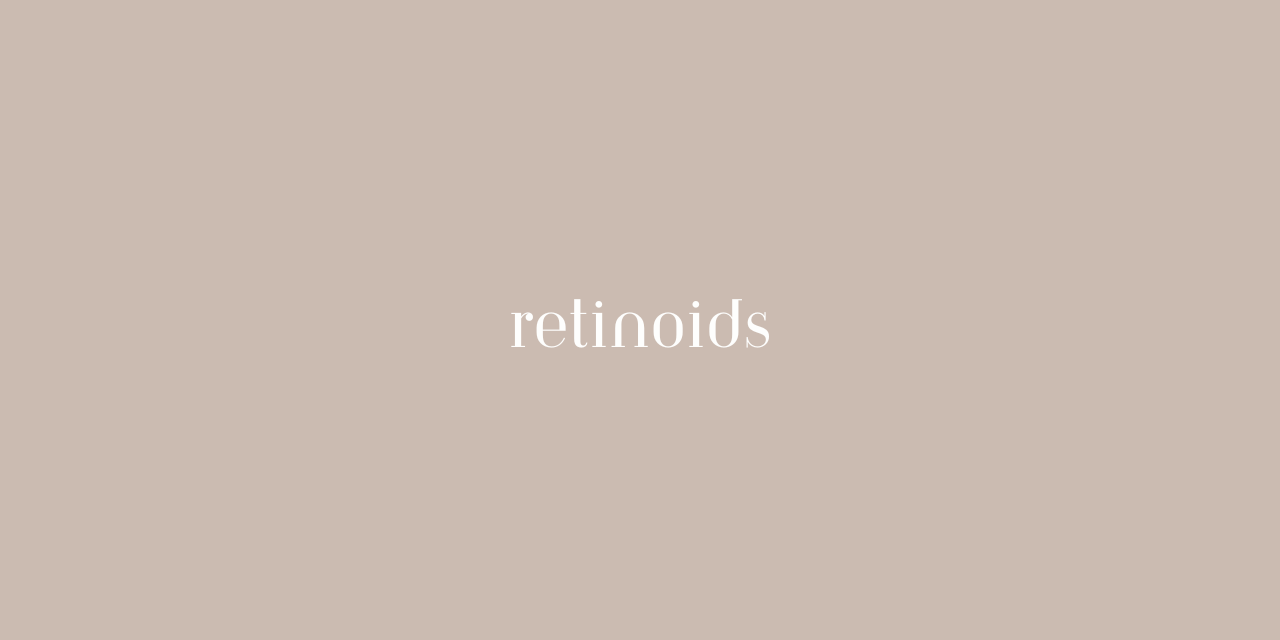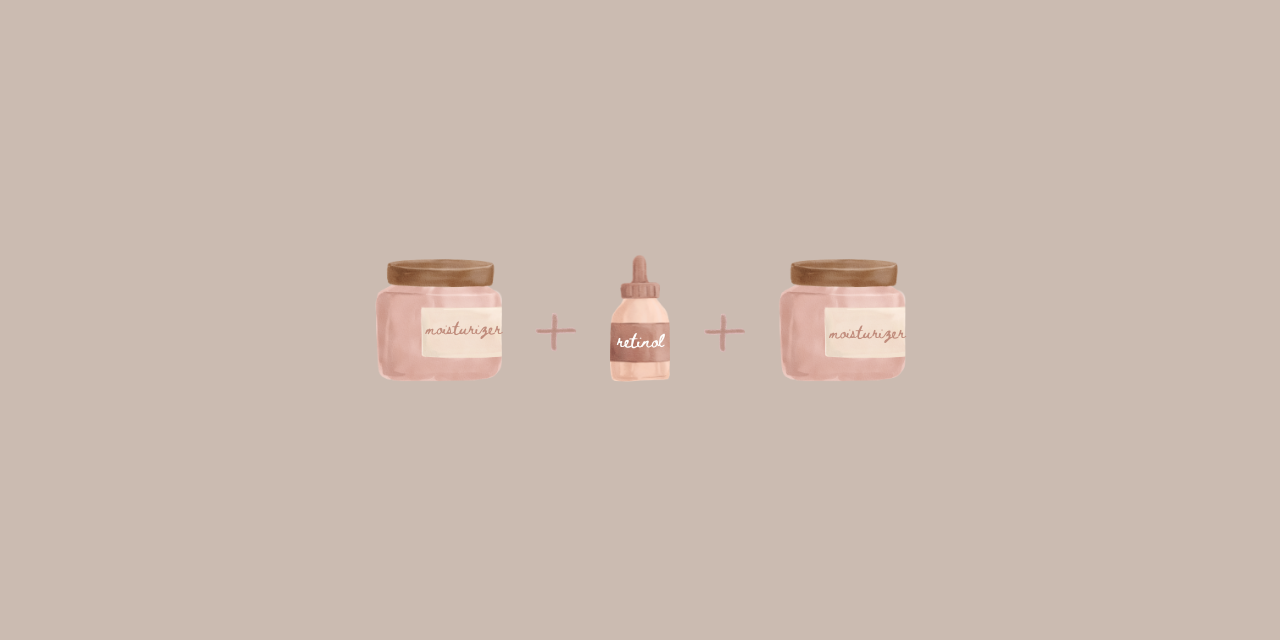The Beginner’s Guide to Retinol: Benefits, Side Effects & How to Use It

Heads up: This post contains affiliate links. If you buy something through these links, I may earn a small commission at no extra cost to you. Thanks for your support!
So, you’ve heard the whispers. You’ve seen the glowing reviews. You’re ready to dip your toes into the world of retinoids, the undisputed heavyweight champion of anti-aging skincare. Welcome! You're about to unlock some seriously radiant skin, but hold on—this isn’t a race. Using a retinoid is more like learning a delicate dance with a very powerful partner. Get the steps right, and it's magic. Get them wrong, and you’ll be left with a red, angry face sitting in the corner.
Don't worry. We're going to teach you the steps. This is your ultimate guide to starting retinoids without freaking out your skin.
What Are Retinoids? Retinol, Retinal & Tretinoin Explained
Let's get this out of the way. "Retinoid" is the family name for a group of Vitamin A derivatives. Think of them as the personal trainers for your skin cells, shouting:
"Turn over faster! Make more collagen! Let's go!"
This cellular kick-in-the-pants is what helps reduce fine lines, smooth texture, fade dark spots, and even fight acne.
You’ve probably seen a few names floating around:
- Retinol: The most common over-the-counter (OTC) choice. It's the gentle-but-effective cousin in the family. It takes a couple of steps to convert to the active form in your skin, making it a perfect starting point.
- Retinal (or Retinaldehyde): The cool, slightly edgier cousin. It's one step closer to the active form than retinol, meaning it can work faster. However, "faster" can sometimes mean "more irritating."
- Tretinoin: This is the prescription-strength powerhouse. Do not, I repeat, do not start here unless a dermatologist specifically tells you to.
Takeaway: For your first foray into this world, stick with a low-strength retinol.
Your Retinoid Game Plan: The Golden Rules for Beginners
Ready to start? Let’s lay down the law. Follow these rules religiously, and your skin will thank you.
Rule #1: Start with a Low-Strength Retinol (Go Slow!)
This is the most important rule. Your skin needs time to adapt to this new, intense workout. Overdo it, and you'll head straight to Irritation City.
- Choose a low concentration: Look for a product with 0.1% to 0.3% retinol.
- Create a schedule:
- Weeks 1–2: Apply your retinoid only once a week.
- Weeks 3–4: If your skin is happy, increase to twice a week (e.g., Monday and Thursday).
- Weeks 5+: Gradually increase to every other night, and eventually nightly, only as tolerated.
Some people stay at 3–4 times a week forever, and that's perfectly fine! Listen to your skin, not your ego.

Our Top Retinol Picks for Beginners (0.1% - 0.3%)
To make it easy for you, here are a few tried-and-true retinol products that are perfect for starting out:
- The Budget-Friendly Hero: The Ordinary Retinol 0.2% in Squalane. It's no-frills, effective, and incredibly affordable. The squalane base also provides a nice touch of hydration.
- The Gentle Starter: CeraVe Resurfacing Retinol Serum. Formulated with ceramides and niacinamide, this serum helps protect your skin barrier, making it an excellent gentle option for your first time.
- The Drugstore Icon: L'Oreal Paris Revitalift Triple Power LZR Retinol Night Serum (0.3%). This is a slightly more potent but very well-formulated option that delivers noticeable results. Definitely one to start slowly with!
Rule #2: Retinol Dosage – A Pea-Sized Amount is Enough
More is not better. More is just... redder.
A single pea-sized amount is enough for your entire face. Dot it on your forehead, cheeks, and chin, then gently spread it out, avoiding:
- The delicate skin around your eyes
- The corners of your nose
- Your mouth

Rule #3: The Retinoid Sandwich Method to Reduce Irritation
This is the ultimate hack for sensitive skin or beginners. It buffers the retinoid, reducing potential irritation while still delivering the benefits.
- Bottom Bread: Apply a thin layer of a simple, hydrating moisturizer to your clean, dry skin. Wait a few minutes.
- The Filling: Apply your pea-sized amount of retinoid.
- Top Bread: Wait another 10–20 minutes, then seal it all in with another layer of moisturizer.
Rule #4: Always Use Retinol at Night
Retinoids break down in sunlight, making them less effective. Plus, they do their best work while your skin is in its natural repair mode overnight.
👉 Make this a strictly PM-only step in your routine.
Your Simple PM Retinol Routine
Here’s what a perfect beginner's night routine looks like on the evenings you use your retinoid:
- Double Cleanse: Gently wash your face with an oil cleanser and follow with a water-based cleanser. Pat your skin completely dry. (Retinol on damp skin can increase irritation).
- (Optional) Moisturizer (Bottom Bread): If using the sandwich method, apply a thin layer of moisturizer. Wait 5-10 minutes. You can also use a skin barrier serum.
- Treat (The Filling): Apply your pea-sized amount of retinol to your entire face, avoiding the eye area, corners of the nose, and mouth.
- Moisturize (Top Bread): Wait 10-20 minutes for the retinol to absorb, then apply your main layer of moisturizer to lock in hydration and buffer the retinoid.
Rule #5: Sunscreen and Retinol: The Non-Negotiable Duo
If you’re not going to commit to wearing sunscreen every single day, then don’t bother with retinoids.
Retinoids make your skin more sensitive to the sun, and without protection, you risk:
- Serious sun damage
- Undoing all the good work your retinoid is doing
✅ Use a broad-spectrum sunscreen with at least SPF 30 every morning. Rain or shine. Indoors or outdoors. No excuses.
What to Expect When Starting Retinol: The Good, The Bad, and The Flaky
Your skin is going to go through an adjustment period, often called retinization. It’s totally normal to experience some of the following in the first few weeks:
- Dryness and flakiness
- Mild redness
- A "purge," where underlying breakouts come to the surface faster
This is normal. But if you experience intense burning, stinging, or painful, raw-feeling skin, that's your cue to back off.
👉 Stop using the retinoid for a week or so, focus on hydration, and then re-introduce it even more slowly (e.g., once every 10 days).
During this initial phase:
- Simplify the rest of your routine
- Pause other strong actives like exfoliating acids (AHAs, BHAs) and high-concentration Vitamin C serums
- Let the retinoid be the star of the show
Final Thoughts
Patience is your secret weapon here. It can take 3–6 months to see significant results.
But if you start smart, listen to your skin, and stay consistent, you’ll be on the fast track to your healthiest, most radiant glow yet.
